Home>Furniture>Outdoor Furniture>What Is The Best Tile For Patio
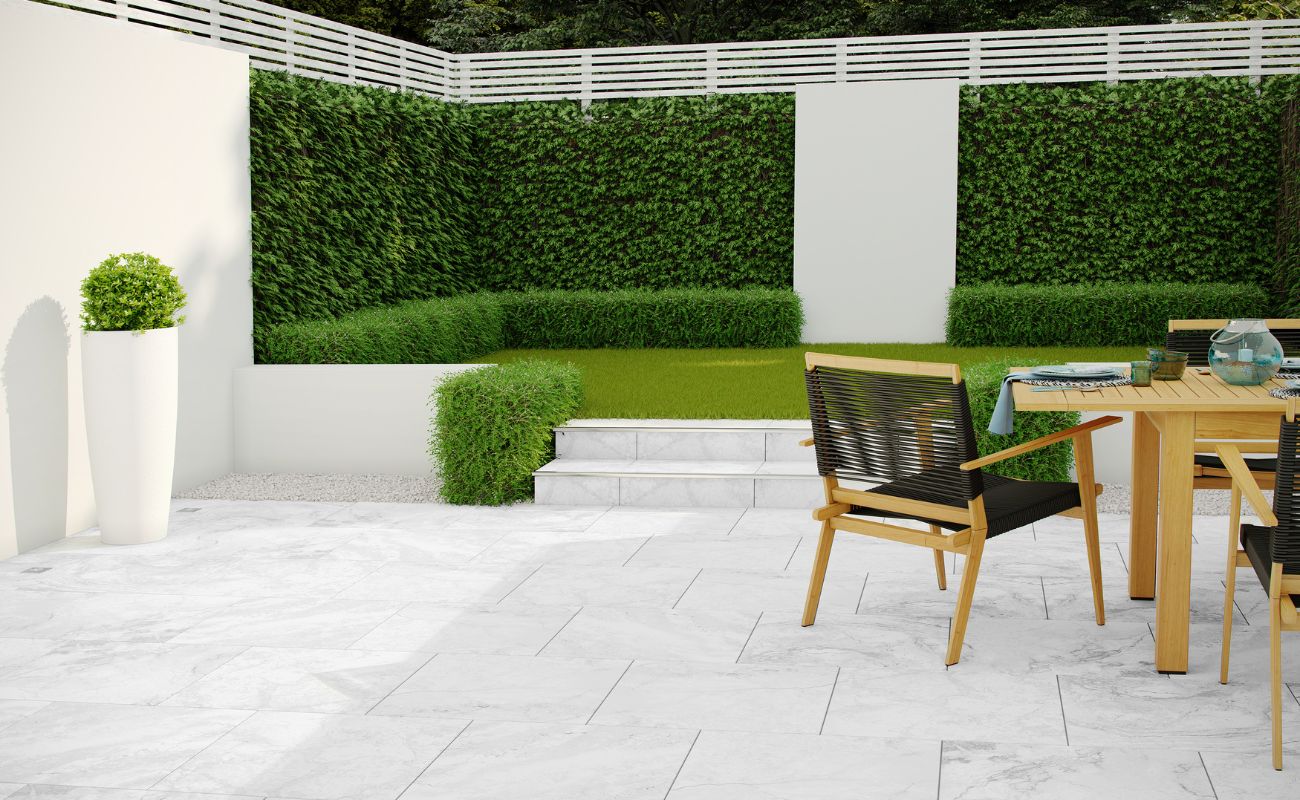

Outdoor Furniture
What Is The Best Tile For Patio
Modified: March 7, 2024
Discover the best tile for your patio and enhance your outdoor furniture with our expert recommendations. Choose a durable and stylish option for a perfect outdoor oasis.
(Many of the links in this article redirect to a specific reviewed product. Your purchase of these products through affiliate links helps to generate commission for Storables.com, at no extra cost. Learn more)
Introduction
Welcome to our comprehensive guide on choosing the best tiles for your outdoor patio. When it comes to creating a functional and aesthetically pleasing patio space, selecting the right tiles is crucial. Whether you’re looking to revamp an existing patio or starting from scratch, the type of tiles you choose will greatly impact the overall look and feel of your outdoor living area.
There are several factors to consider when selecting patio tiles, such as durability, maintenance requirements, slip resistance, and design versatility. In this article, we will explore different types of tiles that are suitable for outdoor use and discuss their pros and cons, enabling you to make an informed decision for your patio.
Key Takeaways:
- Choose ceramic tiles for a budget-friendly and versatile patio option. They offer a wide range of designs and are relatively easy to maintain, making them a popular choice for many patio owners.
- Consider porcelain tiles for a durable and moisture-resistant patio surface. Their strength and ability to mimic natural materials make them a reliable option for outdoor use.
Read more: What Tile Is Best For Outdoor Patio
Factors to Consider when Choosing Patio Tiles
Before diving into the specific types of patio tiles, it’s essential to understand the key factors to consider when making your selection:
- Durability: Outdoor tiles need to withstand various weather conditions, including rain, heat, and freezing temperatures. Opt for tiles that are specifically designed for outdoor use and are resistant to cracking, fading, and moisture damage.
- Maintenance: Consider the level of maintenance required for different types of tiles. Some materials may require sealing, regular cleaning, or special care to maintain their appearance over time.
- Slip Resistance: Safety is paramount when it comes to outdoor spaces. Look for tiles with a textured surface or a high coefficient of friction to prevent slips, especially in areas that are frequently exposed to water.
- Design Versatility: Choose patio tiles that complement your overall design theme and personal style. Consider factors such as color, pattern, and size to ensure your chosen tiles enhance the visual appeal of your outdoor space.
- Budget: Set a budget for your patio project and find tiles that fit within your financial constraints. Keep in mind that different materials and finishes can vary significantly in price.
By considering these factors, you’ll be able to narrow down your choices to find the perfect tiles for your patio that meet both your practical and aesthetic requirements.
Ceramic Tiles for Patios
Ceramic tiles are a popular choice for outdoor patios due to their durability, versatility, and affordability. These tiles are made from clay that is fired at high temperatures, resulting in a dense and sturdy material that can withstand the elements.
One of the main advantages of ceramic tiles is their wide range of design options. They come in various colors, patterns, and textures, allowing you to create a patio that reflects your personal style. Whether you prefer a sleek and modern look or a more rustic and textured appearance, ceramic tiles can cater to your preferences.
In terms of maintenance, ceramic tiles are relatively easy to clean. Regular sweeping and occasional mopping should suffice to keep them in good condition. However, it’s important to note that ceramic tiles may be prone to chipping or cracking if heavy objects are dropped on them.
When it comes to installation, ceramic tiles are relatively straightforward. They can be installed using either a mortar or a thin-set adhesive, depending on your preferences and the conditions of your patio. It’s essential to ensure that the surface is properly prepared and leveled before laying the tiles.
While ceramic tiles are generally durable, they may not be the best choice for extremely cold climates. The freeze-thaw cycle can sometimes cause the tiles to crack or develop hairline fractures. Therefore, if you live in an area with harsh winters, it’s advisable to consider other tile options.
In summary, ceramic tiles are a versatile and budget-friendly choice for outdoor patios. With their vast array of design options and relatively low maintenance requirements, they can create a beautiful and functional patio space.
Porcelain Tiles for Patios
Porcelain tiles are another excellent option for outdoor patio spaces. These tiles are made from fine-grained clay that is fired at extremely high temperatures, resulting in a dense and highly durable material. Porcelain tiles offer several advantages that make them a popular choice for outdoor applications.
One of the standout features of porcelain tiles is their exceptional strength and durability. They are resistant to scratches, stains, and fading, making them ideal for high-traffic areas such as patios. Porcelain tiles are also highly resistant to moisture, which makes them a suitable choice for outdoor use where they are exposed to rain and humidity.
Another benefit of porcelain tiles is their versatility in terms of design. These tiles can mimic the look of various natural materials like stone or wood, offering a wide range of aesthetic options. Whether you want a sleek and contemporary patio or a more rustic and natural feel, porcelain tiles can meet your design preferences.
Maintenance-wise, porcelain tiles are relatively low-maintenance. They are easy to clean with regular sweeping and mopping. Since porcelain is non-porous, it is resistant to stains and does not require sealing. However, it’s important to note that some textured porcelain tiles may require additional cleaning to remove dirt and grime buildup in the grooves.
Installation of porcelain tiles can be more challenging than other tile types due to their hardness. Professional installation is recommended to ensure that the tiles are properly laid and leveled. It’s also crucial to use the appropriate adhesive and grout for porcelain tiles.
Porcelain tiles are an excellent choice for outdoor patios due to their durability, versatility, and resistance to moisture. While they may be slightly more expensive than other tile options, their long-lasting nature and ability to withstand the elements make them a worthwhile investment.
When choosing a tile for your patio, look for a material that is durable, weather-resistant, and slip-resistant. Porcelain and natural stone tiles are great options for outdoor patios as they can withstand the elements and provide a safe surface for walking.
Natural Stone Tiles for Patios
Natural stone tiles bring a timeless and elegant look to outdoor patios, making them a popular choice for those seeking a touch of luxury in their outdoor space. Each natural stone tile is unique, with its own distinct colors, patterns, and textures, creating a one-of-a-kind patio area.
One of the main advantages of natural stone tiles is their durability. Popular options like granite, slate, and travertine are known for their strength and ability to withstand the elements. Natural stone tiles can stand up to heavy foot traffic, extreme temperatures, and UV exposure without losing their beauty.
The natural appeal of stone tiles is unparalleled. They exude a sense of authenticity and can seamlessly blend with the surrounding environment. From the earthy tones of slate to the veined patterns of marble, natural stone tiles offer a wide range of aesthetic choices, allowing you to create a patio that reflects your personal style.
When it comes to maintenance, natural stone tiles may require a bit more care compared to other tile types. Some natural stones are porous and may require sealing to prevent staining and moisture damage. Regular cleaning with mild soap and water is recommended to maintain their appearance. It’s important to note that certain cleaning agents and acidic substances should be avoided as they may cause discoloration or etching on the stone surface.
In terms of installation, natural stone tiles can be more labor-intensive compared to other tile options. The tiles need to be properly laid and leveled to ensure a seamless and stable patio surface. It’s advisable to seek professional installation for natural stone tiles to guarantee a high-quality and long-lasting outcome.
While natural stone tiles may have a higher upfront cost compared to other materials, their timeless beauty and durability make them a worthwhile investment for your patio. If you’re looking to create a luxurious and sophisticated outdoor space, natural stone tiles are an excellent choice.
Read more: What Kind Of Tile For Outdoor Patio
Concrete Tiles for Patios
Concrete tiles are a versatile and cost-effective option for outdoor patios. They offer a modern and sleek look while providing durability and functionality. If you’re looking for a contemporary patio design, concrete tiles may be the perfect choice.
One of the key advantages of concrete tiles is their strength and longevity. They are highly durable and can withstand heavy foot traffic, extreme weather conditions, and UV exposure without fading or cracking. Concrete tiles are also resistant to moisture, making them suitable for outdoor use.
Concrete tiles come in a wide range of colors, finishes, and patterns, allowing you to achieve a customized and unique look for your patio. Whether you prefer a smooth and polished surface or a textured and patterned appearance, concrete tiles offer plenty of design options to suit your style.
Maintenance-wise, concrete tiles are relatively easy to care for. Regular sweeping and occasional mopping should be sufficient to keep them clean and looking their best. However, it’s important to note that concrete tiles may be susceptible to staining, especially if spills are not cleaned up promptly. Consider applying a sealant to protect the tiles and minimize the risk of staining.
Installing concrete tiles requires careful preparation and leveling of the surface. It’s recommended to have them professionally installed to ensure a smooth and durable patio surface. The tiles can be laid with grout or in a dry-stack pattern, depending on your preference and the desired aesthetic.
Concrete tiles offer a budget-friendly option for creating a modern and stylish patio. Their versatility, durability, and low maintenance make them a practical choice for outdoor spaces. Whether you’re aiming for a contemporary urban vibe or a minimalist design, concrete tiles can help you achieve your desired patio aesthetic.
Terracotta Tiles for Patios
Terracotta tiles are known for their warm and rustic charm, making them a popular choice for creating a cozy and inviting patio space. These tiles are made from natural clay that is fired at high temperatures, resulting in a distinct reddish-brown color and a unique earthy appeal.
One of the main advantages of terracotta tiles is their ability to absorb heat, making them an excellent choice for warmer climates. They can help keep your patio cool during hot summer months, allowing you to comfortably spend time outdoors. Additionally, the natural coloring of terracotta tiles can beautifully complement outdoor greenery and natural surroundings.
The timeless beauty of terracotta tiles adds character and warmth to any patio design. They come in various shapes and sizes, allowing for creative and interesting patterns. Whether you prefer a herringbone layout or a more traditional square pattern, terracotta tiles can create a unique and visually appealing patio surface.
When it comes to maintenance, terracotta tiles require some extra care compared to other tile options. They are porous in nature and can absorb moisture, making them susceptible to staining and water damage. Regular sealing is necessary to protect the tiles and enhance their longevity. Additionally, proper cleaning with mild soap and water is recommended to remove dirt and grime without damaging the surface.
Installation of terracotta tiles requires special attention to ensure a proper bond and a level surface. Professional installation is recommended to achieve the best results and ensure the tiles are properly sealed. It’s important to note that terracotta tiles may require periodic resealing to maintain their appearance and durability.
While terracotta tiles may require more maintenance compared to other tile types, their rustic charm and natural appeal make them a desirable choice for patio spaces. If you’re looking to create a warm and inviting outdoor living area, terracotta tiles can provide a beautiful and timeless option for your patio.
Conclusion
Choosing the right tiles for your outdoor patio is a crucial step in creating a functional and visually appealing space. By considering factors like durability, maintenance, slip resistance, design versatility, and budget, you can make an informed decision that meets your specific needs.
Ceramic tiles offer affordability, versatility, and ease of maintenance, making them a popular choice for many patio owners. Porcelain tiles, on the other hand, provide exceptional durability and resistance to moisture, making them a reliable option for outdoor use.
Natural stone tiles add a touch of elegance and authenticity to your patio, with each tile boasting unique colors and patterns. Concrete tiles offer a modern and sleek look while being highly durable and easy to maintain.
For those seeking a warm and rustic ambiance, terracotta tiles provide a timeless charm that enhances the overall appeal of outdoor spaces.
Ultimately, the best tile for your patio depends on your individual preferences, priorities, and budget. Consider the specific requirements of your patio space, the desired aesthetic, and the level of upkeep you’re willing to commit to.
Whether you opt for ceramic, porcelain, natural stone, concrete, or terracotta tiles, a well-chosen and properly installed tile surface will enhance the functionality and visual appeal of your outdoor patio for years to come.
Now that you have a comprehensive understanding of the different types of tiles available, go ahead and start transforming your patio into a beautiful and inviting outdoor oasis!
Frequently Asked Questions about What Is The Best Tile For Patio
Was this page helpful?
At Storables.com, we guarantee accurate and reliable information. Our content, validated by Expert Board Contributors, is crafted following stringent Editorial Policies. We're committed to providing you with well-researched, expert-backed insights for all your informational needs.
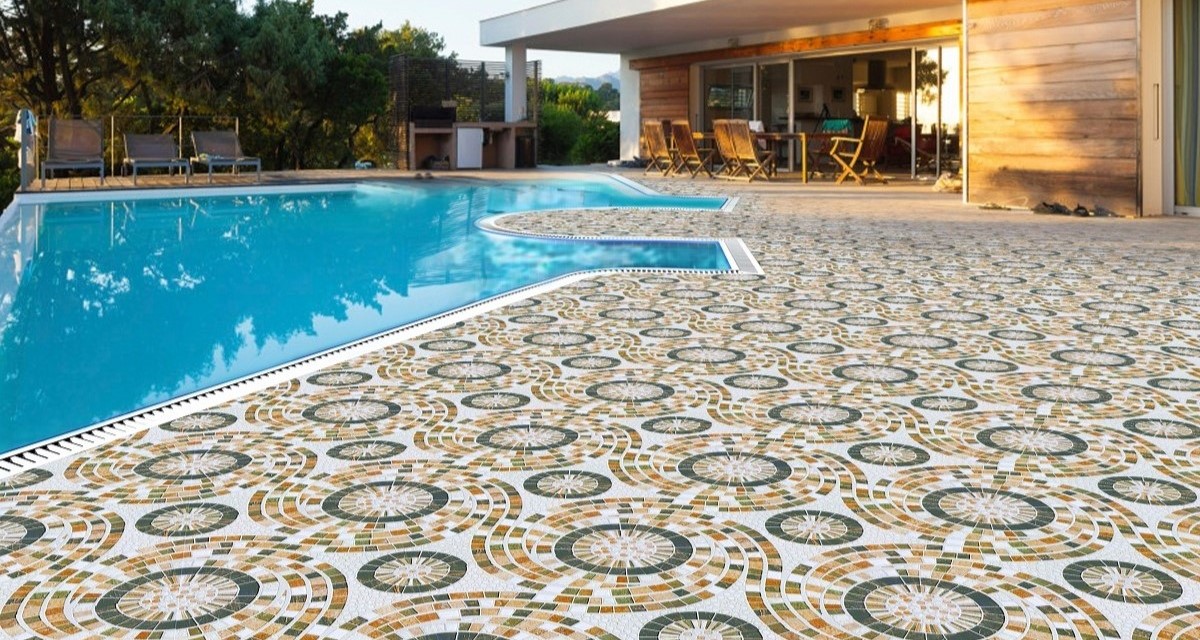
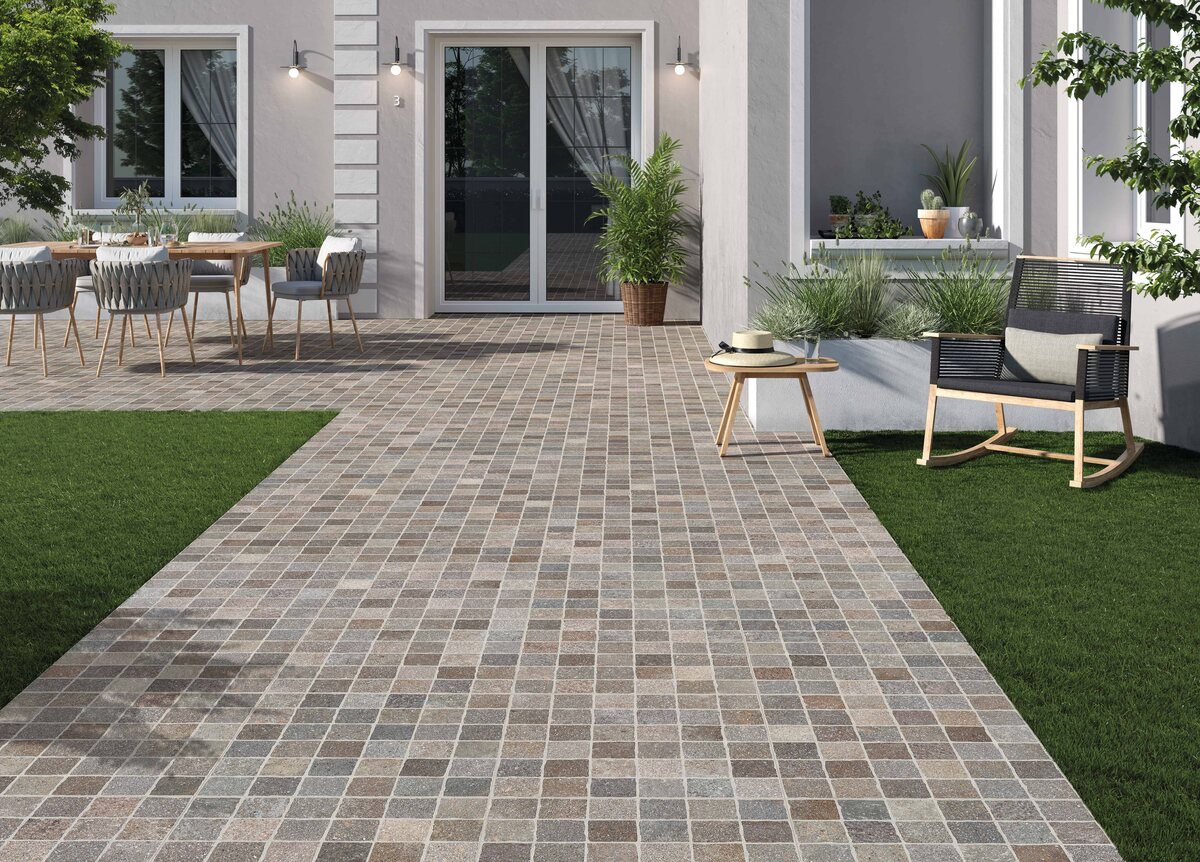
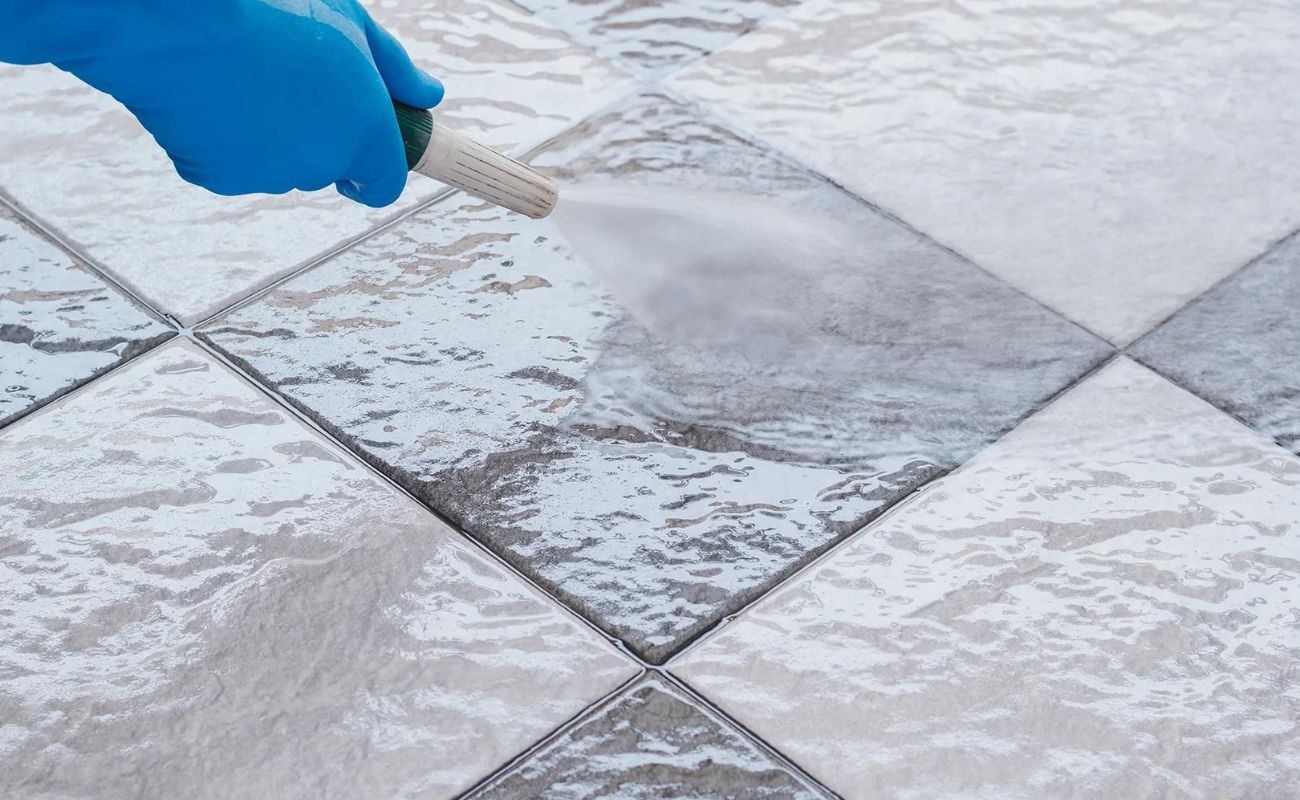
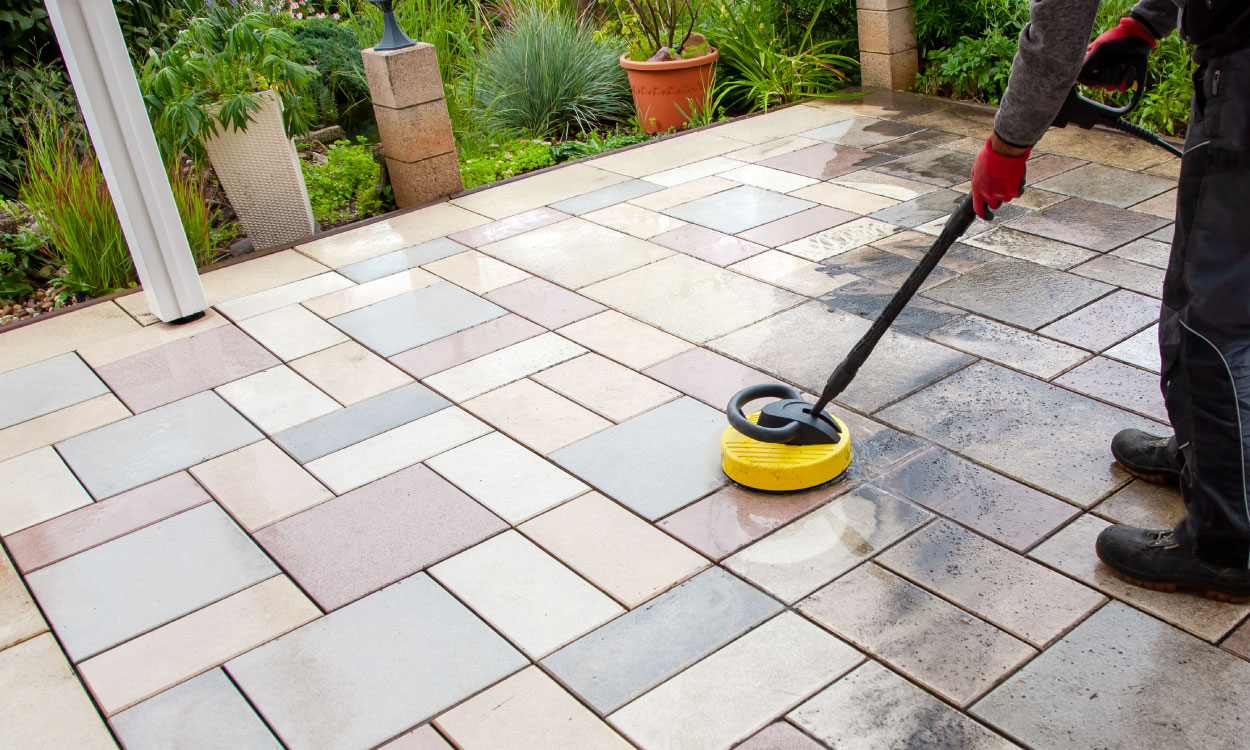
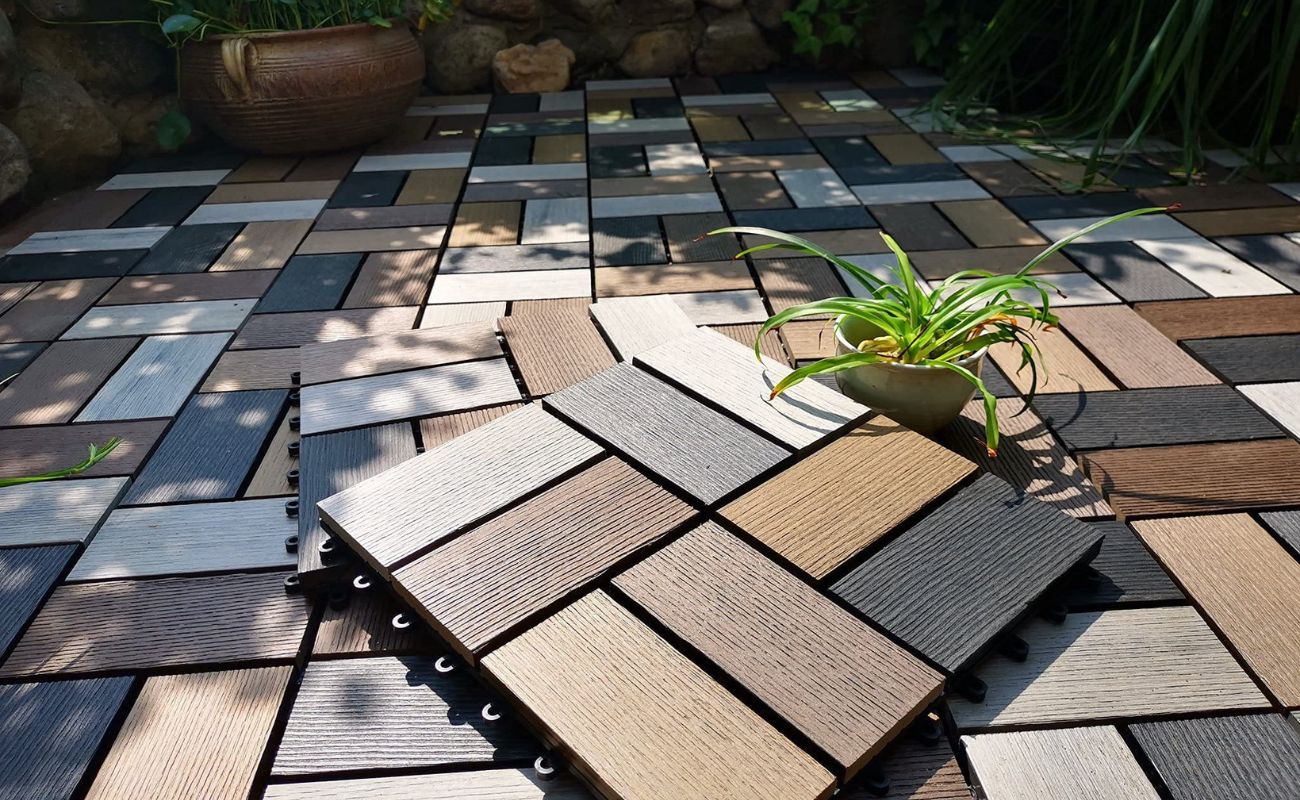
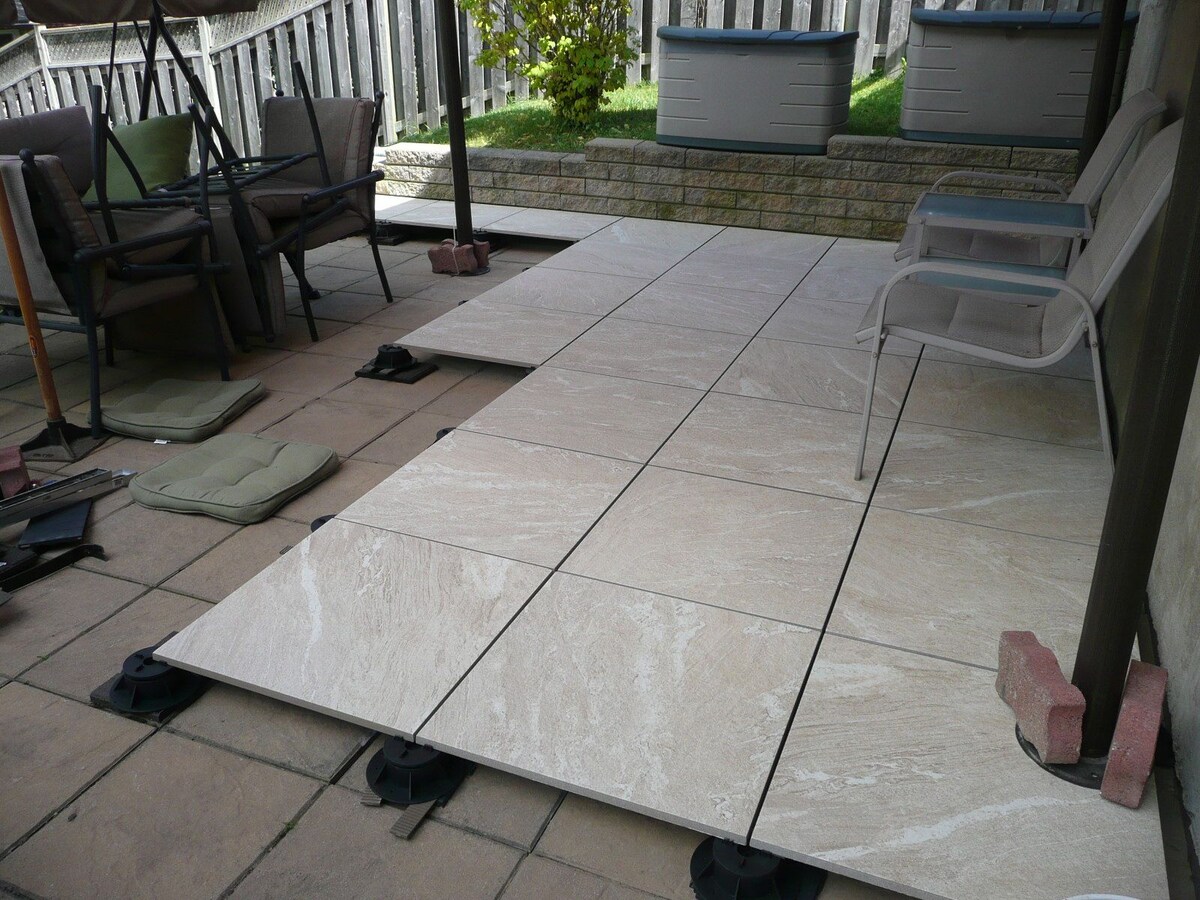
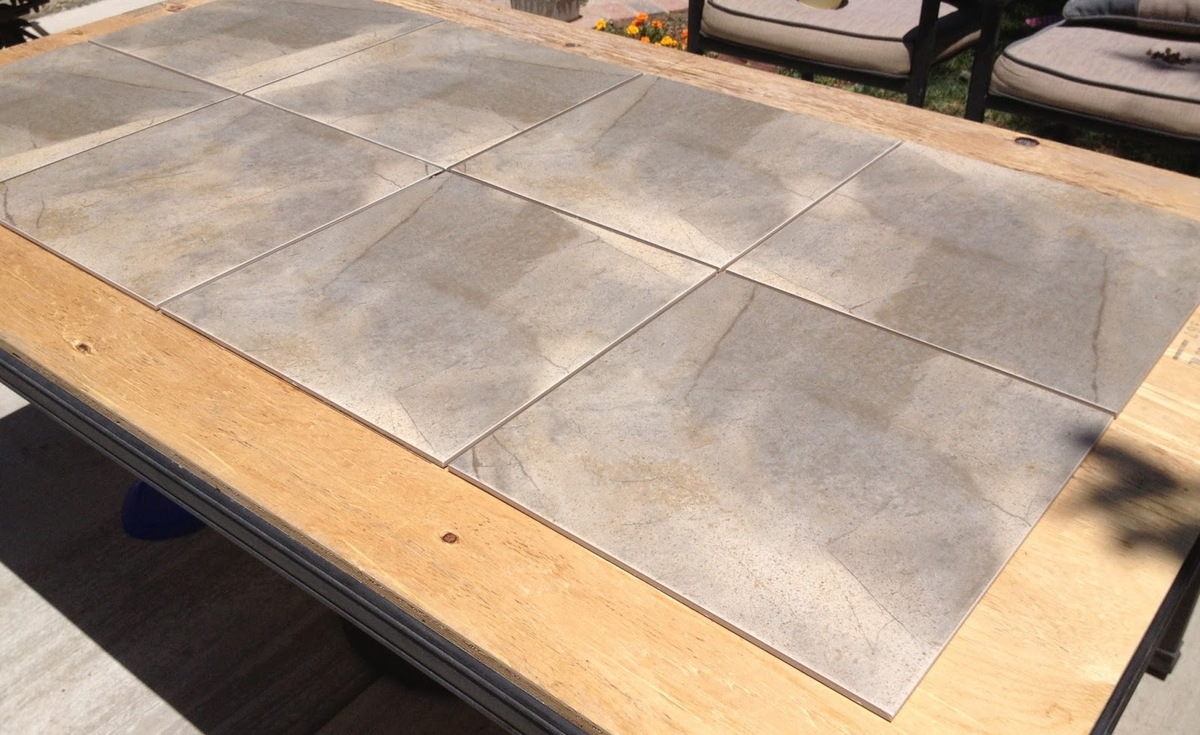

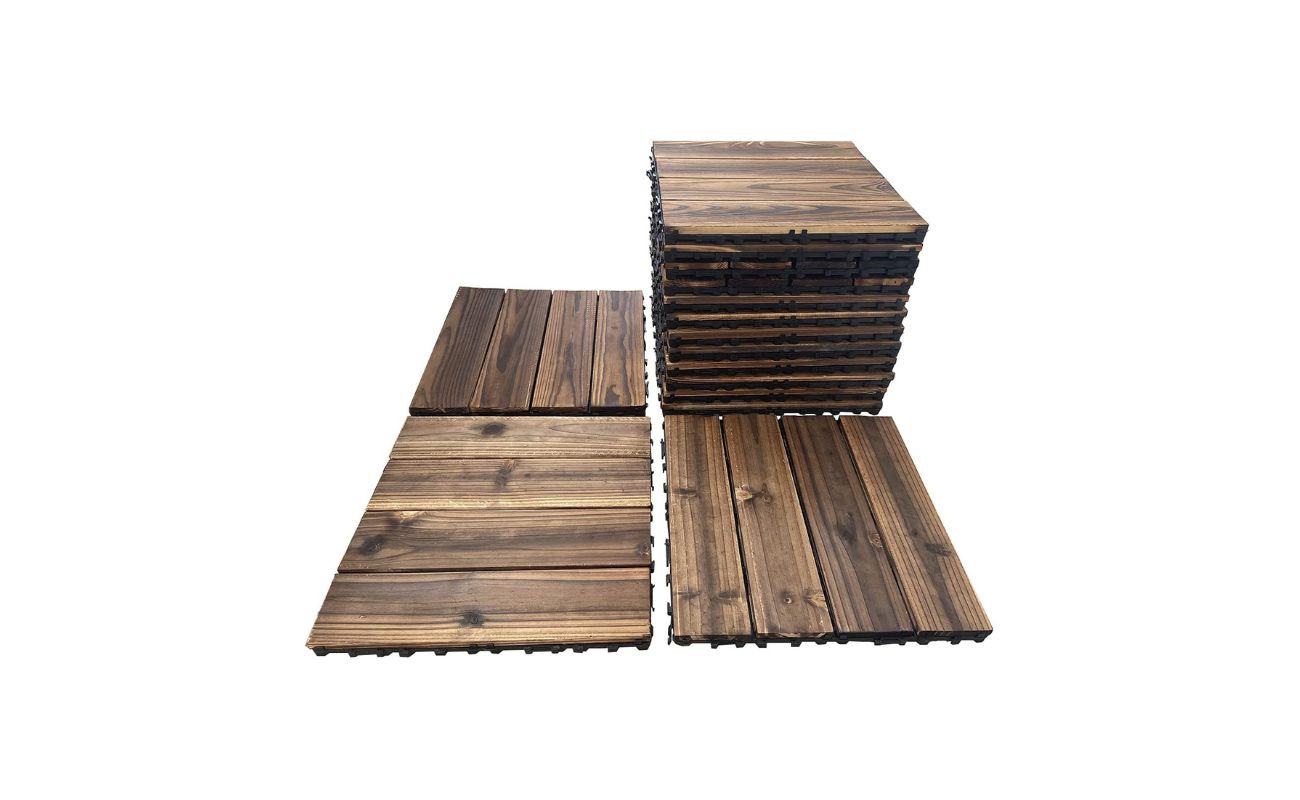
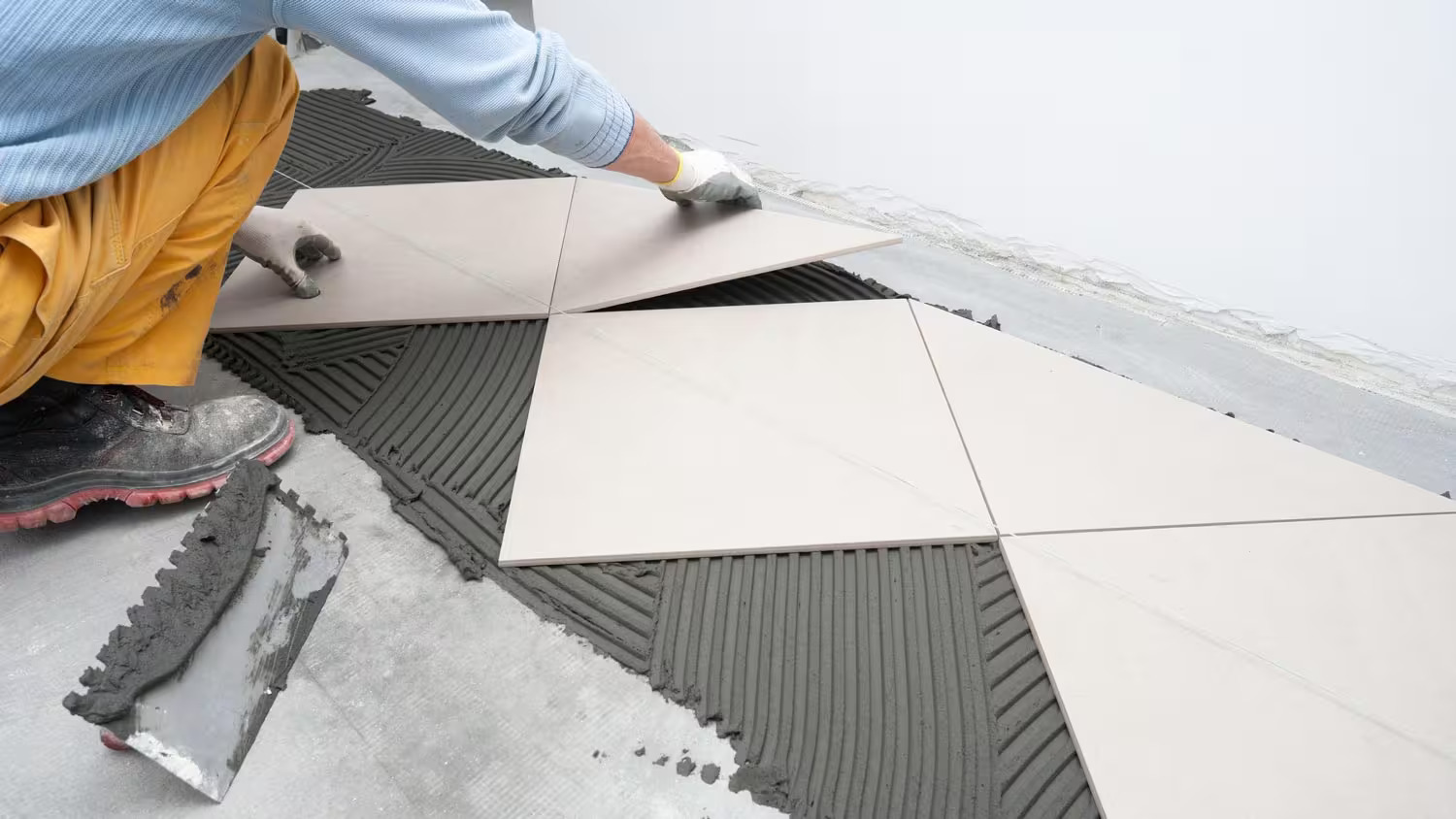
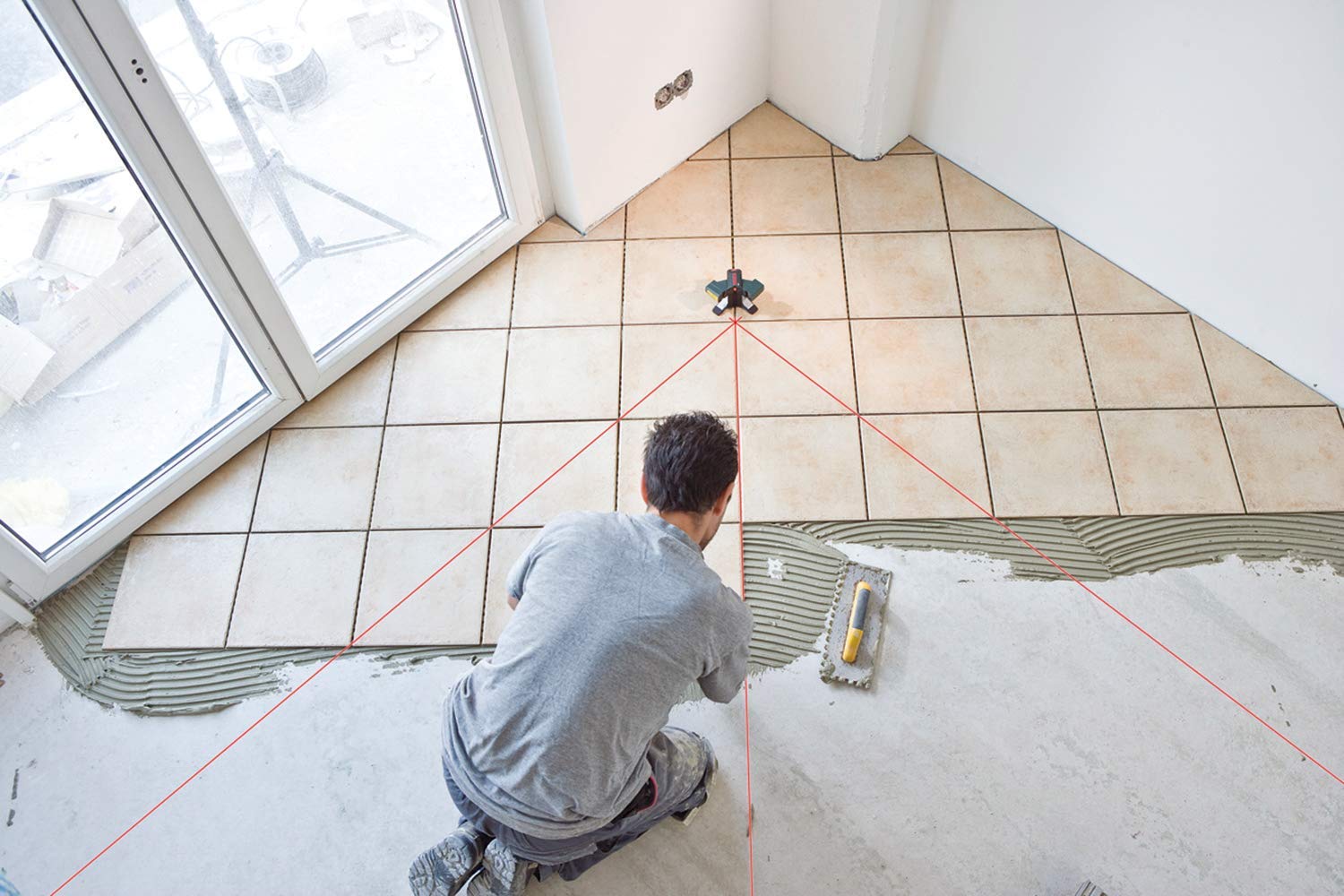
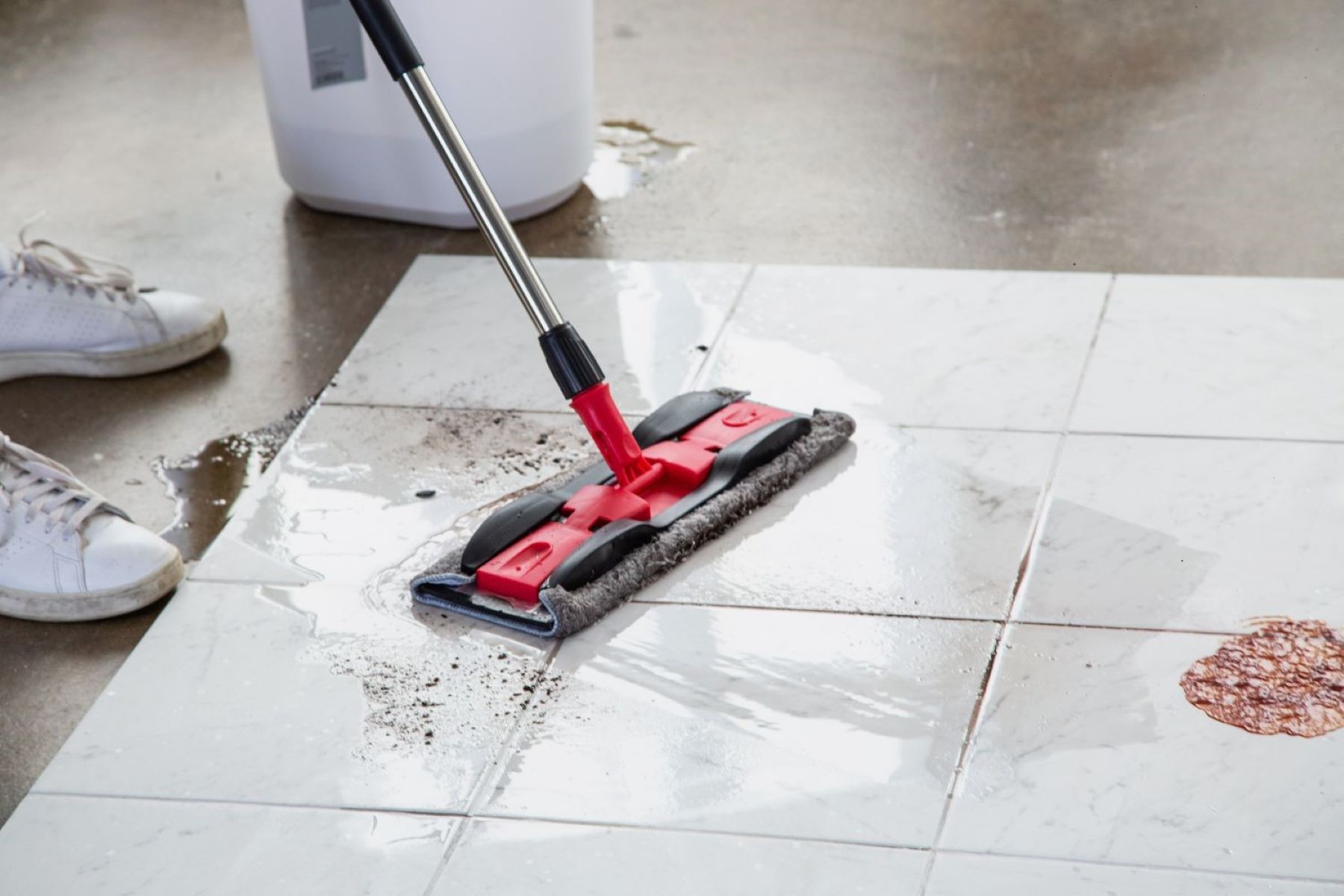
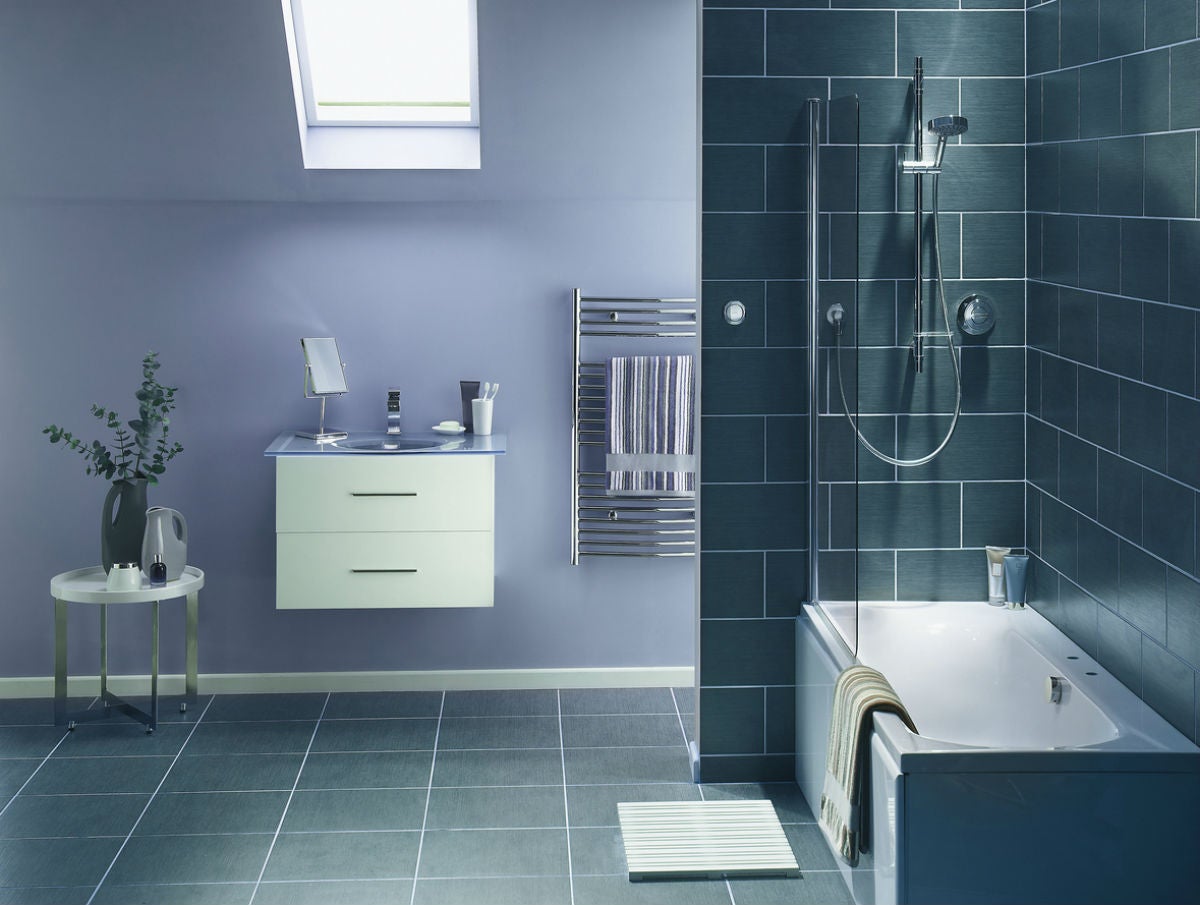


0 thoughts on “What Is The Best Tile For Patio”